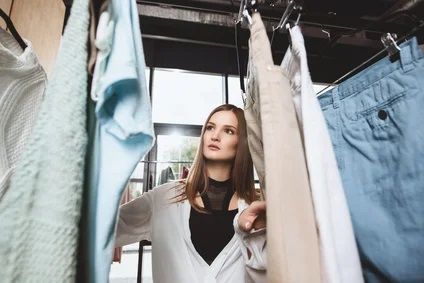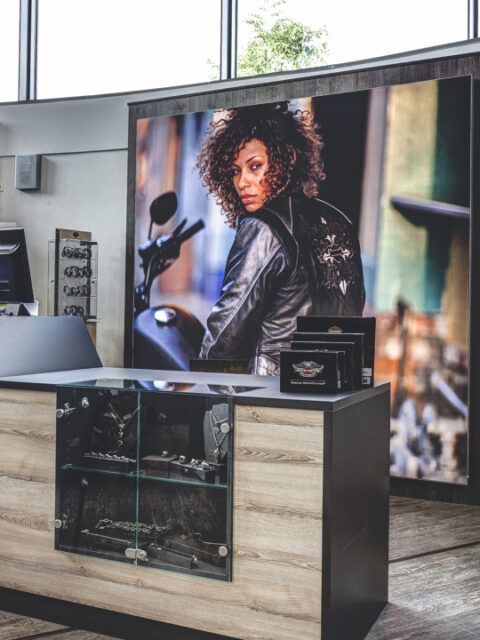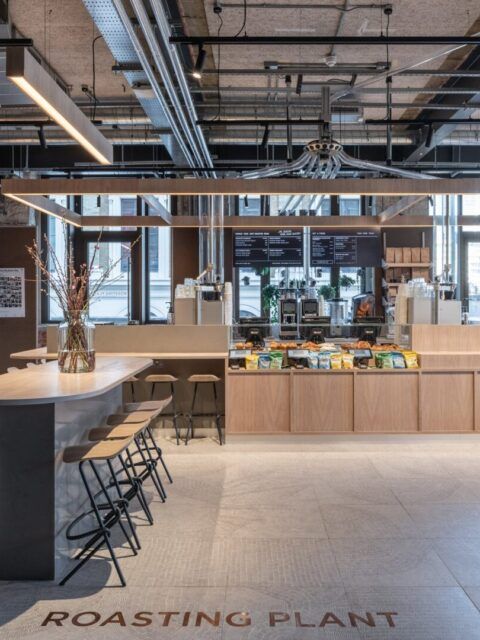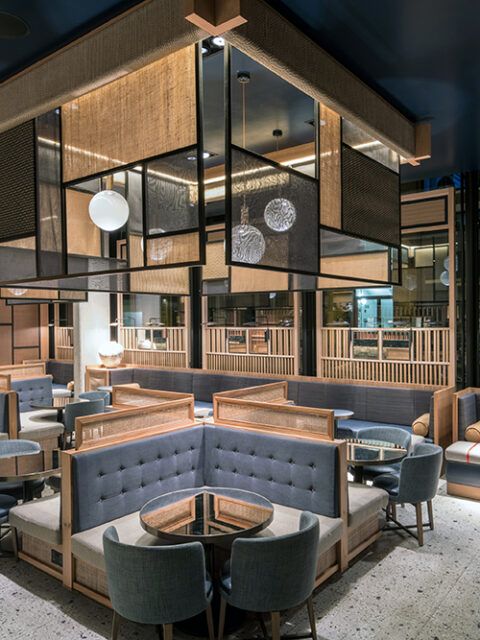
The retail industry is becoming more dynamic than ever. Multiple trends such as personalisation, digitalisation, omni-channel marketing and the social media can influence our customer’s path and decision making process. That’s why monitoring key retail trends are how they affect your stores is critial.
“Retail design now is definitely driven by current trends; providing a ‘never before’ yet conducive shopping experience for your customers. Essentially, we want to convert all of our visitors to customers. To achieve this, retailers must include elements of surprise and delight while adhereing to VM basics such as zoning and activating to create the perfect customer flow. Trend-watching is always a good thing, but we must stay mindful of how we’re walking the customer through their retail journey. No one’s interested to dwell in a “kitchen sink” of bad retail execution. It is like playing a bunch of musical notes that just doesn’t make any sense.” – Kristy Lau, Creative & Visual Merchandising Services Manager at CAPS Group.
What are the 4 key retail trends to take into account while working on a store layout for customers?
1. SOPO effect (See Offline Purchase Online)
With millennial shoppers, shopping behaviors such as ‘showrooming’ – browsing of products at a retail store before purchasing them online at the lowest price possible, is getting common. Not only are physical stores restricted by their operating hours, their financial overheads also limits their capacity and inventory holding.
The uprise of tech savvy and well-informed shoppers will further push retailers to enhance their in-store experience. It should come as no surprise that the level of global smartphone usage is on an unquestionable upward trend. Consumers can now publicly review your store and relate their experience in a matter of minutes. The surge of social media influencers also means that your retail store will only have that single chance to connect with your potential consumers.
Your store presentation defines your brand. It is the single and most important opportunity to deliver an on-brand experience at every touchpoint.
2. The era of experiential retail is upon us
Truth be told, brand loyalists are hard to come by these days. Shoppers are now driven by tactical promotion or a ‘never before’ shopping experience. It is simply unhealthy to go on a constant or anticipated calendar mark down for any brands in the retail sector. This not only dilutes your brand equity and demoralizes your staff members but also sends a strong signal to your consumers to wait for a better deal.
All retail managers long to sell every item at its full retail price. The only way to woo your consumers and their purse strings is to elevate their shopping experience.
Experiential retail is beyond offering shoppers products to take home. Rather, experiential retail is to sell the concept of living your brand’s DNA, and in the process, reach out to the customers’ senses and emotions. This experience creates a memorable impression that entices their return and promotes a positive review for another prospective customer. While it’s ideal to have a populated store, the key goal is to convert every walk-in traffic into a sales transaction. That is why it is important to create an urge for your customer to purchase the item before it runs out.
Store planning and visual merchandising plays a critical role in this desirable outcome. It should be a marriage of optimising your sales floor efficiency while providing an intriguing brand experience. One of the key retail trends is the trend of using POP UP stores. This trend can mobilise the potential in the most unlikely location and reach out to new consumers. If done well, it can build a positive ‘buzz’ amongst an even larger audience.
The ROI (return on investment) of this ‘buzz’ relies on the ability to refresh and renew the brand experience with consumers at every calendar launch. It is inefficient to renovate the store every 3 months. A good rule of thumb is to layer and allocate the experience within a retail store for 3-5 years. Solutions such as fixture versatility and incorporating sustainable technology in your retail design are means to achieve this ‘impossible’ task. Working with the right fixture suppliers and shop-fitters allows you to do exactly that.
3. Embrace technologies in retail
There are many sustainable technologies that can be deployed into a retail store. The key question lies in understanding what works for your brand and customers. Lots to choose, from mobile-payment to RFID check-outs, virtual dressing rooms to humanoid robots; the list just goes on as the technology advances.
Aside from creating a retailtainment atmostphere which encourages shoppers to dwell a little longer, retail technology should provide us with a good set of data and statistics to drive an imaginative yet reliable strategy forward. A retail facility designed with that in mind is half the battle. Never underestimate what your retail environment specialist can do for you; ‘retail magic’ some might say…
4. Your store performance – driven by data

No one has a crystal ball on what the future entails but everyone has a set of experience they can relate to. Imagine that these so-called experiences are measurable and quantifiable. Welcome to the era of big data. Many top performing retailers are relying on data analytics to decide on their next move. They have turned to this game changer to conceive a seamless and profitable campaign. Granted that it may be slightly itimidating to the folks who aren’t already on the bandwagon, nonetheless it has its undeniable benefits and rewards.
Let’s be real, visual merchandising isn’t all about art. It must create a quantifiable return, otherwise why invest in it? Retail data serves as a great guide to reflect on your investments. Simple steps such as measuring your sales floor productivity can give you a good gauge to achieve both your monthly and annual sales target.





